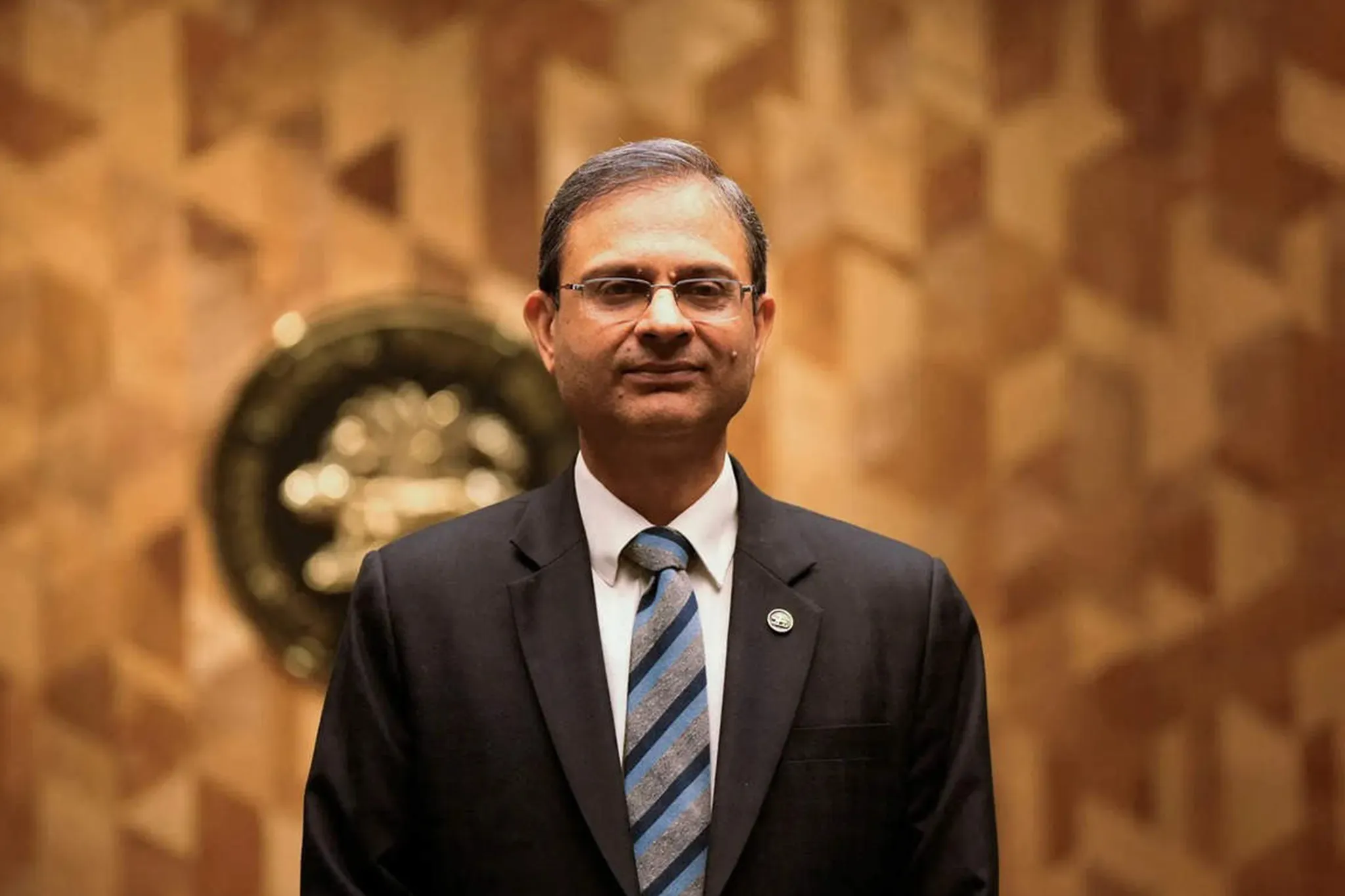Rate Cut Signals Growth Push
The Reserve Bank of India (RBI) has once again lowered the repo rate, bringing it down by 25 basis points to 6 percent. This decision, announced yesterday, was widely anticipated, yet it carries significant weight given the current global economic climate. More than just a routine adjustment, this rate cut, coupled with a shift to an ‘accommodative’ policy stance, reveals the central bank’s clear intent to prioritise growth as storm clouds gather on the international horizon.
Tariff War Clouds Loom
Governor Sanjay Malhotra minced no words when he stated that the RBI’s primary concern is the impact of escalating US tariffs on global growth. With the US administration doubling down on protectionist measures, the spectre of a full-blown trade war is no longer a distant threat. These tariffs pose a direct risk to global trade flows and sentiment, and economies like India, while relatively resilient, are not immune to the fallout. The RBI’s revised GDP growth forecast for FY26, trimmed to 6.5 percent, explicitly acknowledges these external uncertainties.
RBI’s Accommodative Stance
The shift from a ‘neutral’ to an ‘accommodative’ stance is noteworthy. It signals that the RBI is prepared to maintain lower interest rates, and possibly ease them further, to bolster domestic demand and investment. This is a calculated move. While inflation has moderated and remains within the RBI’s target range, the need to rejuvenate economic activity is paramount. The central bank is essentially betting on domestic growth to counter global headwinds, accepting a slightly higher inflation risk if needed. As Ratul Puri from Hindustan Power aptly points out, lower borrowing costs are crucial for capital-intensive sectors and infrastructure development.
Investor Calmness is Key
In these uncertain times, what should investors do? A recent article featuring a financial advisor offers some timely advice: stay calm and stick to your plan. Market volatility is inherent, and portfolios are designed to weather such phases. Panic selling during downturns often locks in losses. As the advisor notes, ‘turbulence can be scary… but the worst thing you can do is jump off.’ For long-term investors, market dips can even present strategic opportunities, but timing the market is futile. The key is to remain informed, avoid emotional reactions, and maintain a long-term perspective.
Will this rate cut be enough to shield the Indian economy from the gusts of a global trade war? Time will tell. But for now, the RBI has clearly signalled its intent: growth is the priority, and it is willing to act decisively to support it.
Image Courtesy: X (Yash Bhatt)










Leave a Reply